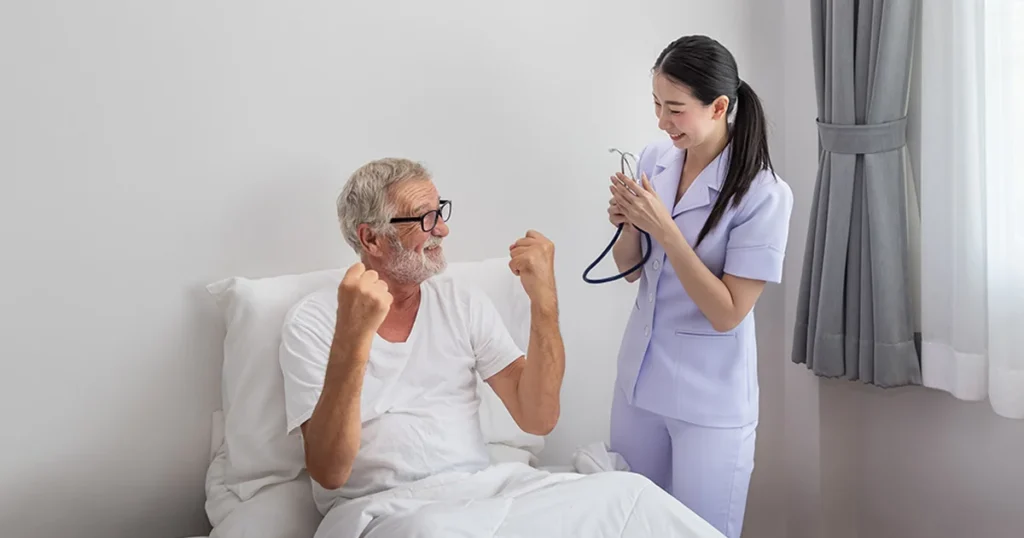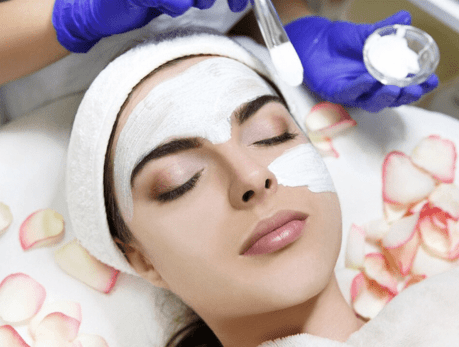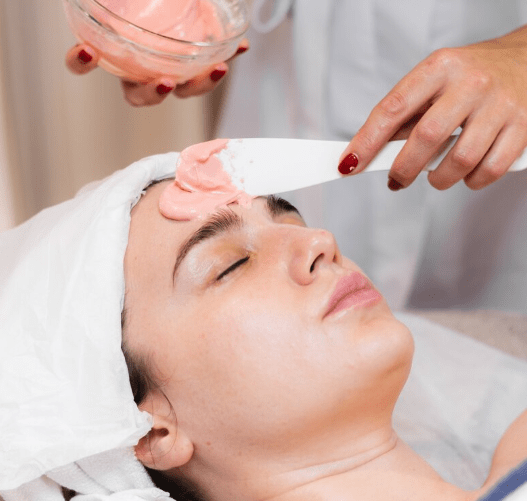Infection is one of the most critical concerns after surgery, as it can delay healing, cause complications, and require additional treatments. South Korea’s world-class medical centers and cosmetic surgery clinics prioritize infection prevention and control in their post-surgery recovery programs, ensuring patients, especially international visitors, receive the safest care possible.
This article details how Korea’s advanced recovery protocols and hygiene standards work together to minimize infection risks and promote faster, safer healing.
The Importance of Infection Control in Post-Surgery Recovery
Post-operative infections can affect surgical wounds, implanted devices, or even internal tissues. Preventing infections:
- Reduces patient discomfort and pain
- Prevents prolonged hospital stays and costly treatments
- Ensures better cosmetic and functional outcomes
- Minimizes the risk of severe complications such as sepsis
Key Strategies Korean Recovery Programs Use to Minimize Infection Risks
1. Strict Sterilization and Hygiene Protocols
Korean hospitals implement rigorous sterilization standards including:
- Use of disposable surgical instruments and supplies wherever possible
- Thorough sterilization of reusable tools with state-of-the-art autoclaves
- Regular sanitation of operating rooms, recovery areas, and patient rooms
- Staff adherence to strict hand hygiene and use of personal protective equipment (PPE)
These measures significantly reduce the chance of contamination during and after surgery.
2. Controlled and Clean Recovery Environments
Recovery accommodations in Korea are designed to maintain clean, germ-free environments:
- Positive-pressure rooms to prevent airborne pathogens
- HEPA-filtered ventilation systems to ensure clean air circulation
- Frequent cleaning and disinfection schedules for all patient areas
- Isolation protocols for patients with increased infection risks
3. Comprehensive Patient Screening and Monitoring
Before surgery and throughout recovery, Korean medical teams conduct:
- Pre-operative infection screenings (blood tests, cultures) to identify risks
- Strict monitoring of surgical wounds for early signs of infection
- Regular vital sign checks and lab work to detect fever or inflammation early
Early detection allows rapid intervention before infections worsen.
4. Advanced Wound Care Management
Specialized wound care techniques minimize infection risk:
- Use of sterile dressings that promote moist healing while blocking bacteria
- Application of topical antimicrobial agents when indicated
- Training patients and caregivers on proper wound hygiene
- Scheduled dressing changes performed by skilled nurses in sterile conditions
5. Judicious Use of Antibiotics
Korean surgeons follow evidence-based protocols for antibiotic use:
- Prophylactic antibiotics given before and shortly after surgery to prevent infection
- Avoidance of unnecessary prolonged antibiotic use to reduce resistance risk
- Careful selection of antibiotics based on the type of surgery and patient factors
How International Patients Benefit from Korea’s Infection Control
- Access to cutting-edge hospital technology and clean facilities
- Experienced medical teams trained in global infection prevention standards
- Multilingual staff ensuring patients understand hygiene instructions clearly
- Integrated traditional and modern practices, such as herbal medicine support, enhancing immune function
Additional Tips for Patients to Minimize Infection Risk
- Follow all post-operative care instructions diligently, including wound care and medication schedules
- Keep the surgical site clean and dry as advised
- Report any unusual symptoms such as redness, swelling, discharge, or fever immediately
- Maintain good overall hygiene, including hand washing before touching the wound
- Avoid crowded places or exposure to infectious environments during recovery
Conclusion
South Korea’s post-surgery recovery programs emphasize infection prevention through strict hygiene protocols, advanced wound care, continuous monitoring, and prudent antibiotic use. These strategies significantly reduce infection risks, allowing international patients to heal safely and enjoy optimal surgical outcomes.
Choosing Korea for your surgery means entrusting your recovery to a healthcare system renowned for its
commitment to patient safety and excellence.




